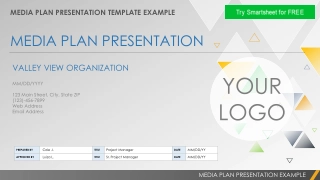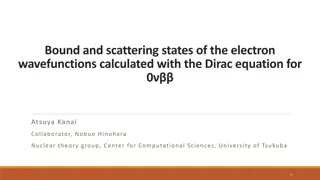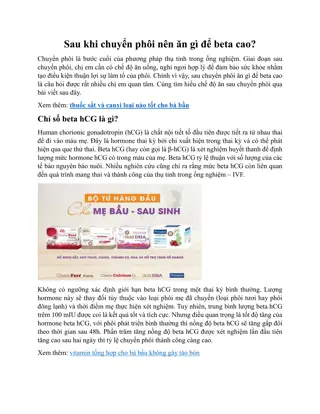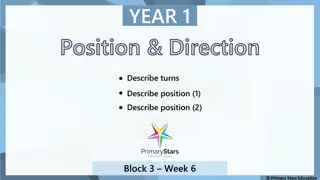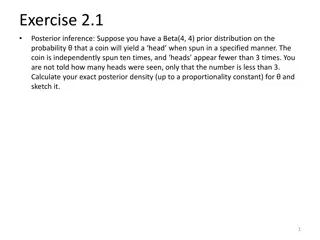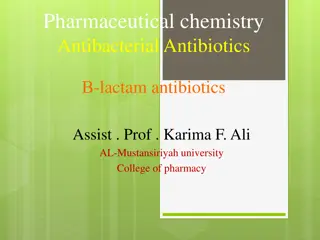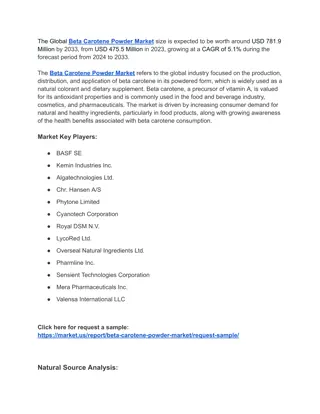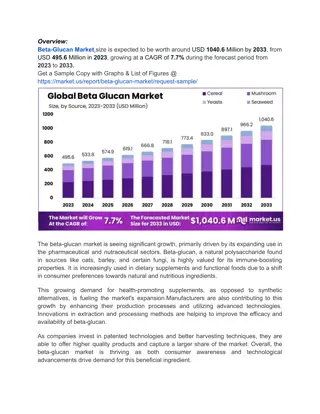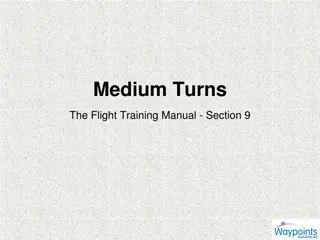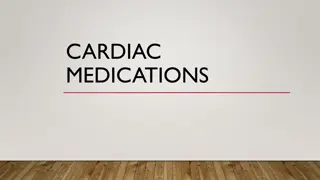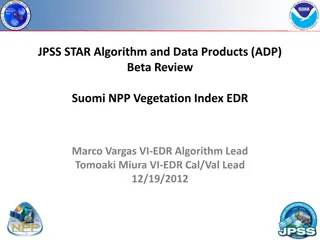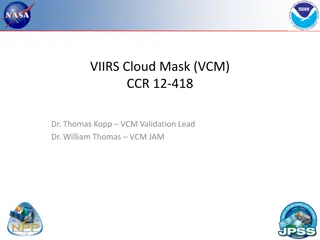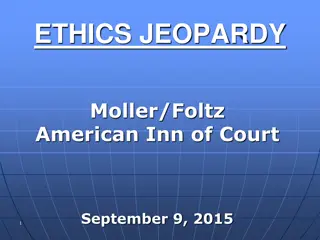
Protein Turns and Structural Motifs
Explore the key features of protein turns, including the characteristics of type I and type II turns, their structural elements, and the importance of amino acids like glycine and proline in protein folding. Discover the role of delta phi and delta psi angles in comparing different turn types, as illustrated in Figure 6-14.
Download Presentation

Please find below an Image/Link to download the presentation.
The content on the website is provided AS IS for your information and personal use only. It may not be sold, licensed, or shared on other websites without obtaining consent from the author. If you encounter any issues during the download, it is possible that the publisher has removed the file from their server.
You are allowed to download the files provided on this website for personal or commercial use, subject to the condition that they are used lawfully. All files are the property of their respective owners.
The content on the website is provided AS IS for your information and personal use only. It may not be sold, licensed, or shared on other websites without obtaining consent from the author.
E N D
Presentation Transcript
The -turn (1__ - 2 PRO -3 GLY - __ ) a simple protein structural motif generally found on protein surfaces turns the backbone around by 180 degrees to fold back on itself links two anti-parallel two beta strands that are adjacent in primary structure, that are adjacent in secondary structure is a short loop of two to five amino acids frequently contains glycine at position 3, (small H side chain allows extreme phi-psi). frequently contains proline at position 2, (P forces the backbone into the appropriate conformation)
Make a table of delta phi/delta psi, to compare type I and type II Figure 6-14

